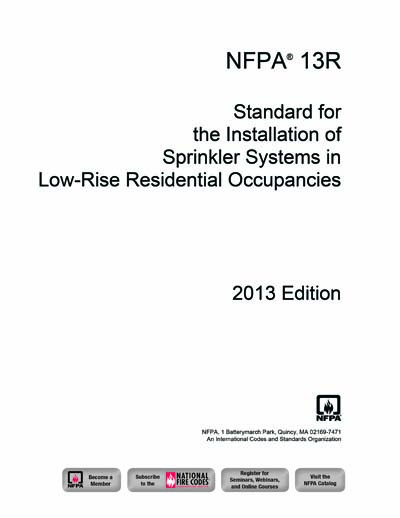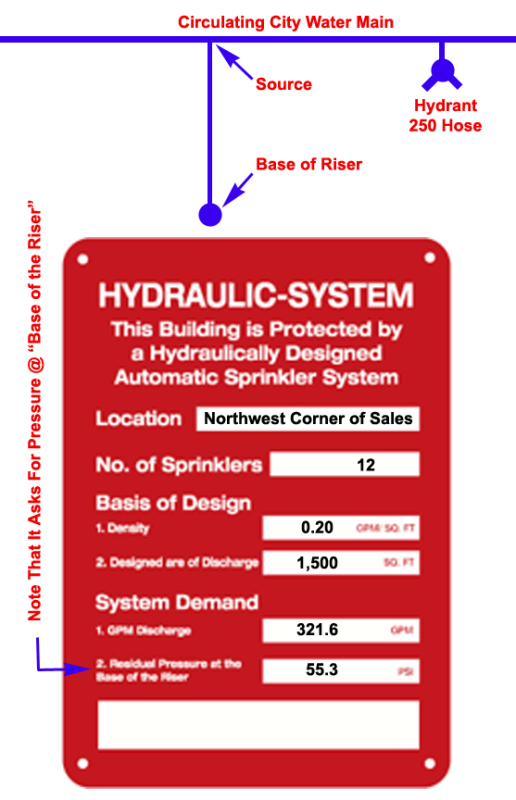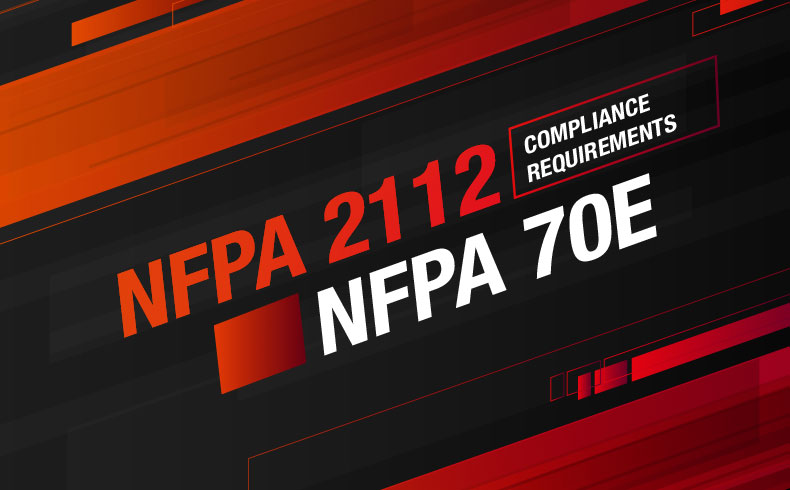The fire has become a significant problem in the United States. Every day, on the news, you see dark clouds of smoke and fire rising from residential occupancies, caused by kitchen accidents, faulty wiring, or carelessness. These increasing fires have now become nightmares for Americans, burning people's properties and turning precious lives into ashes.
But what is the best solution to combat these horrible fires in residential buildings?
The answer is the Fire Sprinkler System.
All NFPA 13 and 13R fire sprinkler systems shall be maintained, inspected, tested and reported at least annually using the MFD approved Tegris confidence test form (online at www.tegrisfire.com) and procedures from NFPA 25. Contracts for the maintenance and emergency repair of all NFPA 13 systems in. Two-family dwellings and mobile homes per NFPA 13D. Used in wet pipe residential occupancies up to and including four stories in height per NFPA 13R. Used in wet pipe sprinkler systems for the residential portions of any occupancy per NFPA 13. Can also be used in dry pipe systems per NFPA 13D, 13R, and 13 hydraulic design criteria.
For NFPA 13, 13R, and 13D System Effective September 8, 2016 Plan submittals shall include three (3) complete sets of drawings and (2) calculations. Calculations shall include a 10% safety factor. Submittals shall include an elevation detail denoting the difference of elevation of the riser from the meter.
What is a Fire Sprinkler system?

It is simple but effective machinery to stop the fire and protect against the most unexpected fires, minimizing the risk of property damage and life losses. The system is based on a water supply system that distributes highly pressurized water into the pipe network to which fire sprinklers are connected.
Sprinkler System acts as the first line of defense against the fire, and its proper installation is essential to constrain spark in the room where the fire begins. It is the most efficient component of the fire response system as it provides the residents sufficient time to escape the building on fire.

According to the NFPA report on Sprinkler System, from 2010 to 2014, the death rate per 1000 fires was decreased by 87% in buildings with Sprinkler systems, compared to properties without automatic extinguishing systems.
Owing to Sprinkler systems, the civilian injury rate was reduced by 27%, and the firefighter injury rate was dropped by 67%.
Considering the importance and necessity of Fire Sprinkler systems, it is crucial to have appropriate guidance regarding their designs and installation.
NFPA 13R: Standard for Installation of Sprinkler Systems in Low-Rise Residential Occupancies
In this regard, NFPA 13R: Standard for Installation of Sprinkler Systems in Low-Rise Residential Occupancies cover up all the conditions requisite to design and install automated sprinkle systems in residential occupancies up to four stories high.
NFPA 13R includes all information about the designs and installation of the Sprinkle System to detect and combat fires in residential buildings. It ensures the proper utilization of Sprinkle systems to prevent life and property loss in a sudden fire.

A standard Sprinkler system that complies with NFPA 13-R
NFPA 13R provides assistance on Sprinkler system installation in buildings not exceeding 60 feet from the ground level. NFPA 13R clarifies that the standard is constructed to safeguard against a fire that starts from a single ignition location.
According to standard, a fast response sprinkler bearing a thermal element with an RTI of 50(meter seconds)1/2 or less is appropriate to combat fire to its origin in residential buildings.
In order to protect against fire, an integrated system of underground pipes is designed under fire protection standards. Each system includes a device to activate an alarm in response to heat and smoke from the fire origin and discharge water to control the fire.
NFPA 13R ensures that all sprinklers installed in residential occupancies are new and permanently marked with one or two character manufacturer symbols.
Along with these symbols, three or four numbers are present, giving each sprinkler a unique identity for identification of size, shape, rating, pressure, deflector characteristics, and thermal sensitivity.
Requirements of low rise residential building in accordance with NFPA 13R
NFPA 13R ensures that the building where the sprinkler system needs to be installed should be designed according to the standard. A compartment, to meet the requirements of NFPA 13R shall be a space entirely surrounded by walls and ceilings.
The compartment is allowed to have openings with adjacent space; however, the opening should have a lintel depth of 8 in the ceiling.
The requirements for the position and location of fire sprinklers should be based on these standards.
- To protect against fire, the Sprinkler system should be fitted throughout the building.
- Another vital point that must be considered while installing the sprinkler systems for maximum efficiency is their spacing. They should be present at proper locations without exceeding the maximum area per sprinkler.
- It is essential to precisely locate the positions of Sprinklers with respect to activation time and distribution to achieve satisfactory performance.

That's pretty much it about it. If you want to know about NFPA 16, you can find it here.
When planning a new construction project, it is important to understand the fire sprinkler code requirements. When it comes to constructing residential facilities, knowing the difference between National Fire Protection Association (NFPA) 13 and 13R requirements in the early planning stages could be the difference to reducing your fire protection budget or preventing unexpected design changes. While NFPA 13R is commonly regarded as a residential code requirement, there are in fact some residential types of buildings which must be designed around NFPA 13 regulations. Ahern’s code experts are committed to sharing our knowledge with you up front.
NFPA 13 protected buildings are considered ‘fully sprinklered’ to provide both life safety and protection to the facility and its assets. This means there is fire sprinkler coverage throughout the entire building, including unoccupied spaces (attics, closets, etc.). Comparatively, NFPA 13R facilities are ‘partially sprinklered’ to provide life safety and a moderate level of building protection. In other words, NFPA 13R requirements provide for a level of protection that allows occupants to escape a building in the event of a fire. Conversely, NFPA 13 provides protection to not only get people out to safety, but also to control or extinguish the fire – saving the building and its contents.
While each facility should be reviewed individually for exact code requirements, below are some general distinctions for NFPA 13R, as well as facility classifications for each code standard.
Nfpa 13r 2016 Pdf
- NFPA 13R commonly allows for the elimination of fire protection in attics, closets, and bathrooms
- NFPA 13R allows for a lower water discharge demand from the sprinkler system, leading to smaller pipe sizes
- NFPA 13R allows for a shorter duration of water supply than NFPA 13. This is advantageous in situations where water storage tanks supply the sprinkler system, as a smaller tank can be used
Nfpa 13r Pdf
Typical facilities for NFPA 13 or 13R designed sprinkler systems
(Note: there are exceptions to some of these facilities that may require alternative code be followed)
| Commonly Use NFPA 13 Code | Commonly Use NFPA 13R Code |
| Hospital patient rooms | Hotels and motels |
| Nursing homes and CBRF facilities | Apartment buildings |
| Fraternity and sorority houses | Larger single family homes* |
| Multi-story residential** |
*Typical single family homes are protected according to NFPA 13D
**Most states recognize NFPA 13 for buildings with more than 4 stories, and NFPA 13R for single-level through 4-story facilities
As your fire protection provider, Ahern can answer any questions on code requirements. We’re also experts at designing your system in accordance to the correct codes right off the bat to keep your projects on track.
Since 2010, 99.8% of Ahern’s fire protection designs have been approved by regulatory authorities the first time.
Contact us to learn more about code differences, to schedule a lunch ‘n learn, or to discuss your next project.